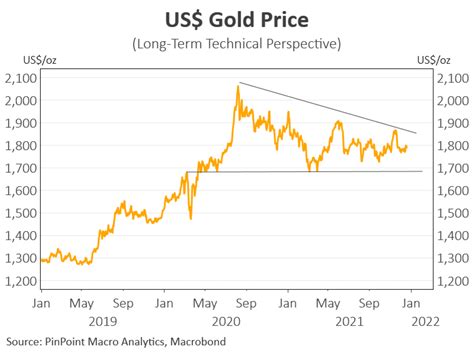Understanding the Exchange Rate
The exchange rate between the Australian dollar (AUD) and the American dollar (USD) is a crucial metric that impacts various aspects of global trade and finance. It represents the number of AUDs required to purchase one USD. As of June 2023, the AUD/USD exchange rate stands at approximately 0.67.

Historical Perspective
Over the past decade, the AUD/USD exchange rate has fluctuated significantly. In July 2011, it reached a record high of 1.1081 USD. However, since then, it has declined, influenced by several factors such as:
- Commodity prices: Australia’s economy is heavily reliant on commodity exports, particularly iron ore and coal. When global demand for these commodities increases, it typically strengthens the AUD against the USD.
- Interest rate differentials: The Reserve Bank of Australia (RBA) and the Federal Reserve (Fed) set different interest rates, which can affect the exchange rate. Higher interest rates in Australia make the AUD more attractive to investors, leading to a stronger exchange rate.
- Global economic conditions: Economic growth and recession in Australia and the US can influence the demand for their currencies. During economic downturns, investors tend to seek haven currencies like the USD, weakening the AUD against the USD.
Significance of the Exchange Rate
The AUD/USD exchange rate plays a vital role in various economic aspects:
- Trade: Businesses and individuals involved in international trade use the exchange rate to determine the costs of importing and exporting goods and services. A strong AUD against the USD makes Australian exports more expensive for US buyers, while making US imports cheaper for Australians.
- Investment: Foreign investors consider the exchange rate when deciding whether to invest in Australia. A strong AUD attracts foreign investment, as it increases the value of returns in USD terms.
- Tourism: The exchange rate affects tourism patterns. A strong USD makes Australia a more expensive destination for US tourists, potentially driving down tourism revenue.
- Foreign exchange reserves: Central banks maintain foreign exchange reserves, including USD, to manage economic volatility and facilitate international transactions.
Currency Conversion Calculation
Converting AUD to USD involves multiplying the AUD amount by the current exchange rate. For example, if the exchange rate is 0.67 USD/AUD, to convert 1,000 AUD to USD, the calculation would be:
1,000 AUD x 0.67 USD/AUD = 670 USD
Useful Tables
Table 1: AUD/USD Exchange Rate (Historical)
| Date | Exchange Rate (USD/AUD) |
|---|---|
| July 2011 | 1.1081 |
| June 2012 | 1.0376 |
| June 2013 | 0.9297 |
| June 2014 | 0.9355 |
| June 2015 | 0.7634 |
| June 2016 | 0.7267 |
| June 2017 | 0.7785 |
| June 2018 | 0.7375 |
| June 2019 | 0.6873 |
| June 2020 | 0.6514 |
| June 2021 | 0.7733 |
| June 2022 | 0.7000 |
| June 2023 | 0.6700 |
Table 2: Factors Influencing AUD/USD Exchange Rate
| Factor | Impact |
|---|---|
| Commodity prices | Strong demand strengthens AUD |
| Interest rate differentials | Higher rates in Australia strengthen AUD |
| Global economic conditions | Economic growth weakens AUD |
| Political and economic events | Uncertainty weakens AUD |
Table 3: Significance of AUD/USD Exchange Rate
| Aspect | Impact |
|---|---|
| Trade | Affects competitiveness of exports and imports |
| Investment | Influences flow of foreign investments |
| Tourism | Impacts spending patterns of visitors |
| Foreign exchange reserves | Contributes to central bank reserves |
Table 4: Currency Conversion Example
| AUD Amount | USD Amount |
|---|---|
| 1,000 | 670 |
| 2,000 | 1,340 |
| 3,000 | 2,010 |
| 4,000 | 2,680 |
| 5,000 | 3,350 |
Applications for AUD/USD Exchange Rate
The AUD/USD exchange rate has various applications beyond trade and investment. Here are some innovative ideas:
- Exchange Rate Trading: Speculators and investors can capitalize on fluctuations in the exchange rate by trading currency pairs.
- Hedging Currency Risks: Businesses and financial institutions can use derivatives to hedge against the risks associated with exchange rate fluctuations.
- Foreign Currency Denominated Investments: Investors can diversify their portfolios by investing in foreign assets denominated in different currencies, including the USD and AUD.
- Currency Arbitrage: Traders can exploit pricing inefficiencies in the foreign exchange market by buying and selling currencies simultaneously in different markets to generate profits.
- Multinational Business Analysis: Companies with operations in multiple countries can use the exchange rate to analyze the financial performance of their international subsidiaries.



